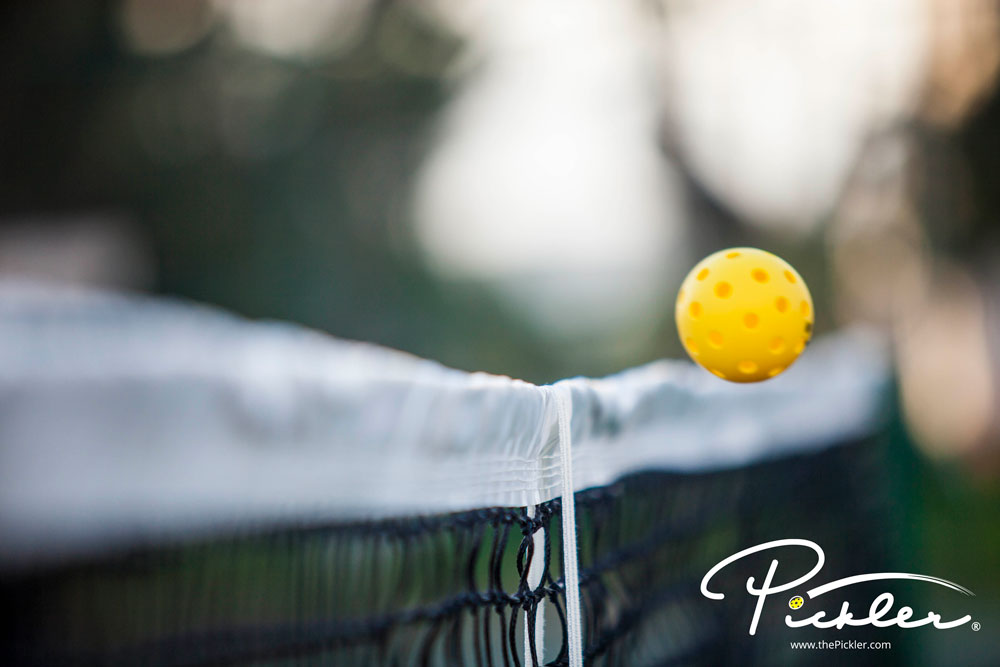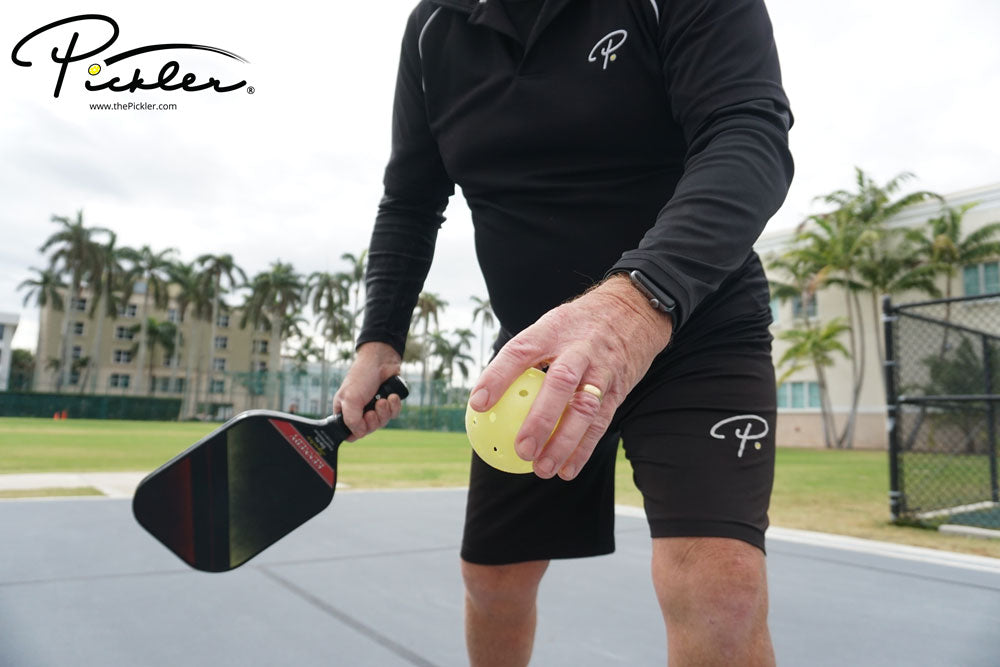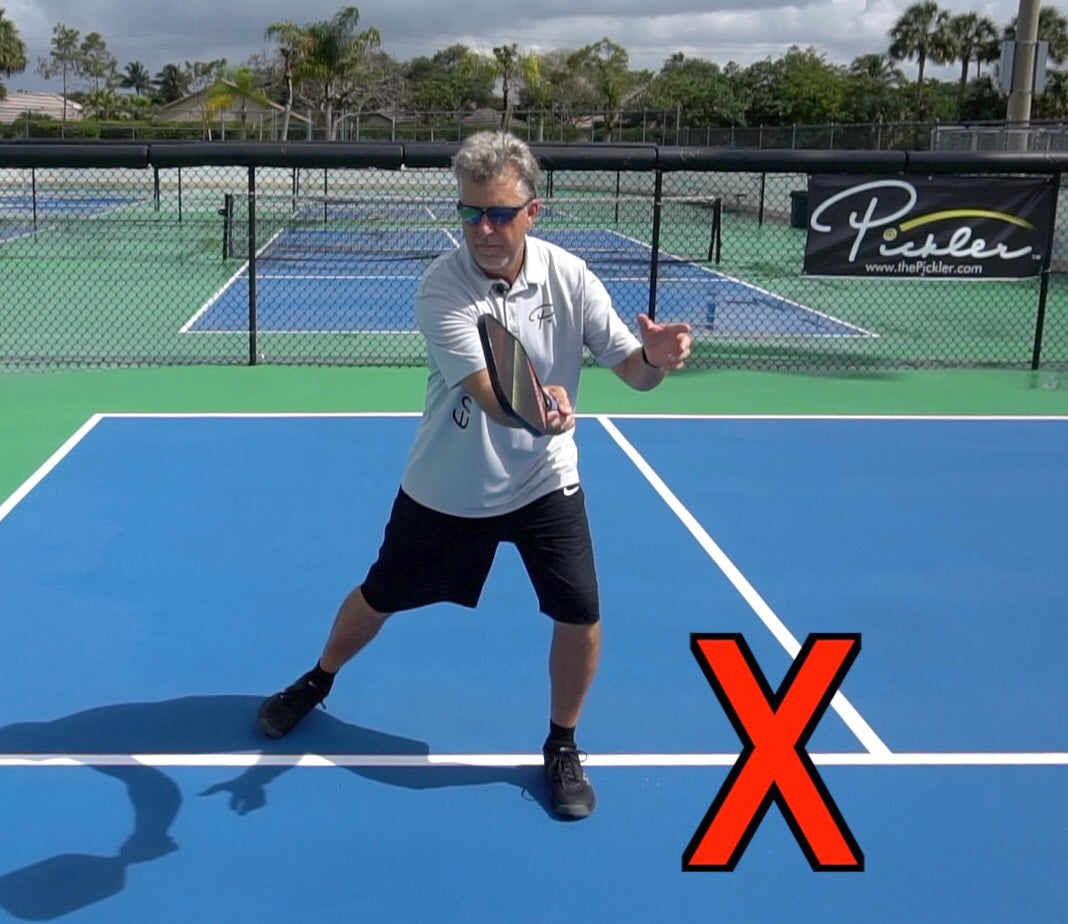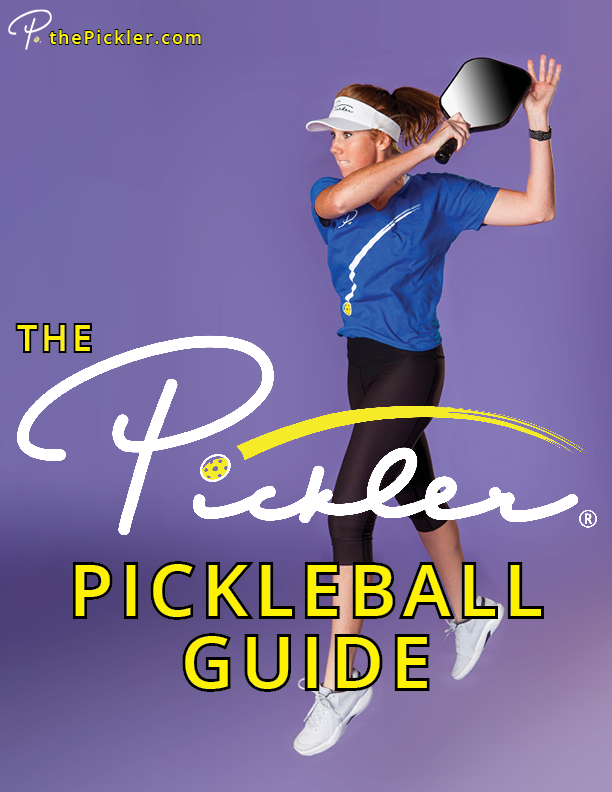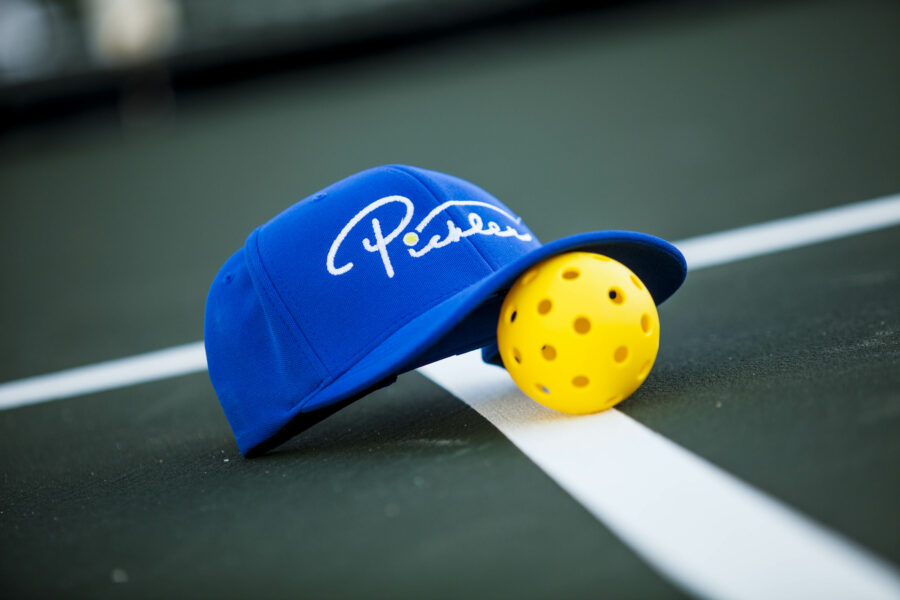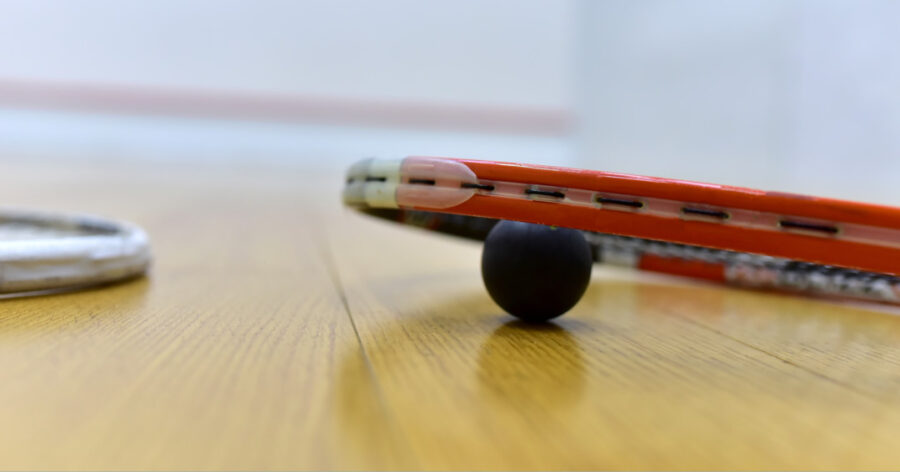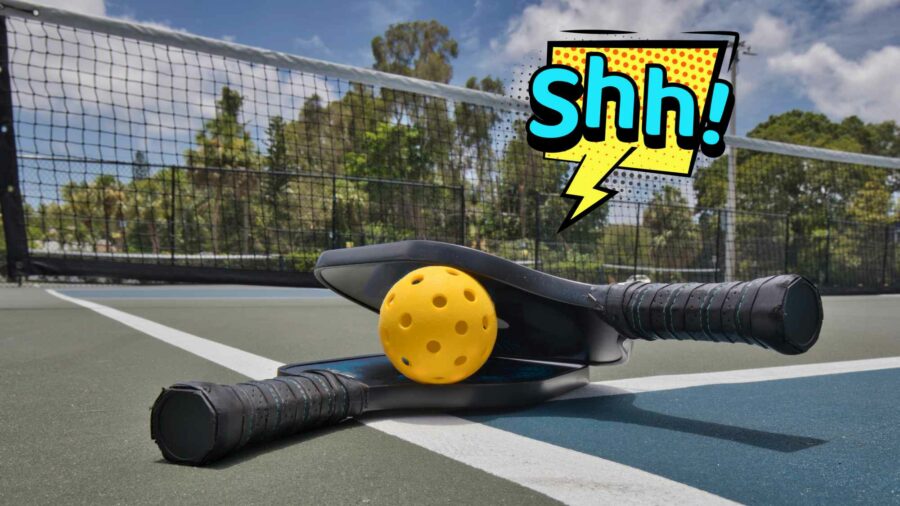Have you heard the terms “fault” or “dead ball” while on the pickleball court? What is a fault? What is a dead ball? And, why are faults and dead balls important concepts on the pickleball court? Learn all about faults and dead balls with this pickleball rules blog!
What Is a Fault?
A fault is a violation of the rules of pickleball. If a player violates any of the rules, then the pickleball becomes dead and the rally immediately ends. The player or team that did not violate the rules will win the rally.
What Causes a Fault in Pickleball?
There are several ways to commit a fault on the pickleball court, which include the following:
- Not Allowing Both the Serve and the Return of Serve to Bounce. A violation of the 2-bounce or 3-hit rule is a fault in the sport of pickleball. As a reminder, both the serve and the return of serve must bounce. After the serve and return of serve, either team or player may volley the pickleball. In other words, after the serve and return of serve, either team or player may hit the pickleball either in the air (i.e., a volley) or after a bounce.
- Hitting the Pickleball into the Pickleball Net. Hitting the pickleball into your side of the pickleball net, without the pickleball crossing over to the other side of the pickleball net, is a fault. The fault occurs the moment that the pickleball hits the ground. This timing is important because the opposing team could commit another fault (such as touching the pickleball net or crossing the plane of the pickleball net) before the pickleball hits the ground. The first player/team to commit a fault will lose the rally.
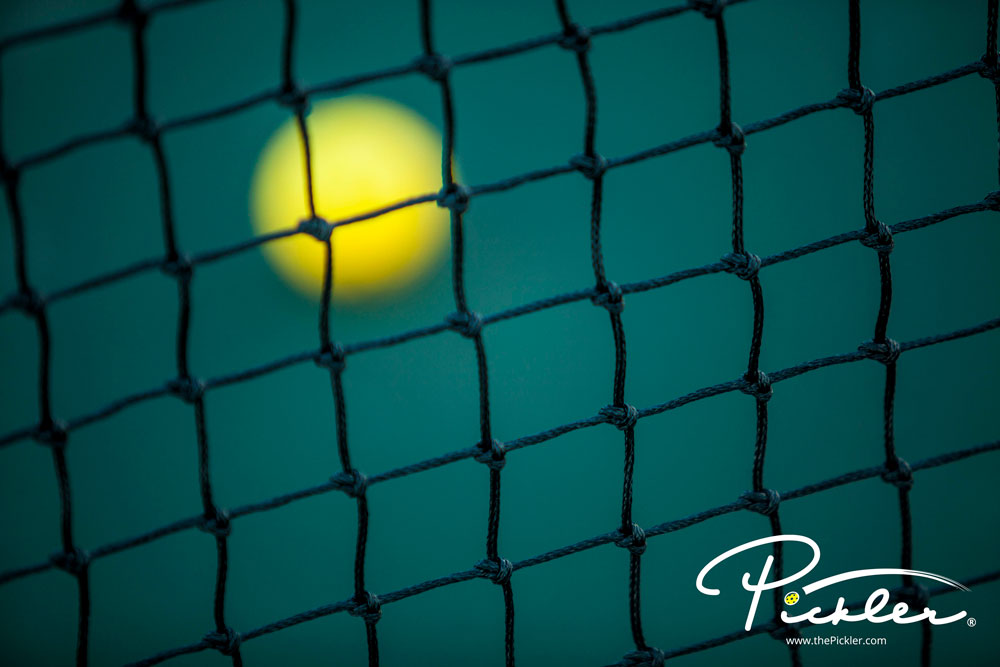
- Hitting the Pickleball Under the Net or Between the Net and the Net Post. Hitting the pickleball either under the pickleball net, or between the pickleball net and the net post, is a fault.
- Hitting the Pickleball Out of Bounds or on Your Respective Side of the Pickleball Net. Hitting the pickleball so that it lands either out of bounds, or on your respective side of the pickleball net, is a fault.
- Allowing the Pickleball to Bounce Twice. Allowing the pickleball to bounce twice on the same side of the pickleball court is a fault (with an exception for wheelchair pickleball players). For instance, if the opponents hit the return of serve back to you as the server, but you are unable to make contact with the pickleball before it bounces twice on your side of the pickleball court, then you would have committed a fault and would lose the rally.
- Violating a Pickleball Serve Rule. Any violation of any pickleball rule on the serve is a fault. For instance, contact with the pickleball above your naval on the traditional pickleball volley serve, or propelling or tossing the pickleball on the drop serve, would be a fault. Also, it is important to note that if a pickleball player serves the pickleball after a rally has ended, but before a referee starts to call the score, then the server has not committed a fault because the pickleball is still “dead.” However, if the pickleball player serves the pickleball after a referee starts to call the score, but before the referee has finished calling the score, then the server would have committed a fault because the pickleball is “live” once the referee starts to call the score and the entire score must be called before the pickleball is served.
- Contacting the Pickleball Net Posts, Net System, or the Opposing Team’s Side of the Pickleball Court. If your body, your apparel (for instance, your shirt, shorts, or shoes), or your paddle, touch the pickleball net posts, net system, or the opposing team’s side of the pickleball court when the pickleball is in play, then you would have committed a fault. To note, however, if you touch the pickleball net posts, net system, or the opposing team’s side of the pickleball court when the pickleball is not in play, then you would not have committed a fault.
- Contacting the Pickleball with Anything Other than Your Paddle or Your Hand in Contact with Your Paddle Below Your Wrist. After the serve, you may only contact the pickleball with your paddle or your hand in contact with your paddle below your wrist. If you contact the pickleball with any other part of your body (including your hand in contact with your paddle above your wrist), or anything that you are wearing, then you would have committed a fault. If you are a pickleball player that either changes hands that holds the paddle, or hits a two-handed backhand or other shot, then, as long as both hands are in contact with the paddle, the pickleball may hit either hand below the wrist and still be considered in play. For this exception to apply, both hands must be in contact with your paddle. Further, to note, if you drop the pickleball before you hit the serve, and the pickleball hits your shoe or other body part, then this is not a fault. This rule only applies after the serve is hit.
- Stopping a Live Pickleball. If you stop the pickleball before it is dead, then you would have committed a fault. This includes catching or stopping the pickleball before it hits the ground (for instance, catching the pickleball on a shot that you may think is clearly out of bounds).
- The Pickleball Hitting a Permanent Object Before Bouncing. If the pickleball hits a permanent object (such as a bench, fence or even the referee – yes, the referee is considered a permanent object) before bouncing, then the player or team that hit the pickleball last would have committed a fault and will lose the rally.
- Violating a Non-Volley Zone Rule. Any violation of any of the Non-Volley Zone (or Kitchen) rules is a fault. For instance, any volley of the pickleball while standing in the Non-Volley Zone is a fault.
- Violating the Commonly Misunderstood “Other” Pickleball Rules. Any violation of any of the commonly misunderstood “other” pickleball rules is a fault. For instance, any intentional double hit of the pickleball, or intentionally distracting the opposing player that is about to hit the pickleball, will be considered a fault.
- Hitting the Pickleball Before It Passes the Plane of the Pickleball Net. If you hit the pickleball before the pickleball passes the plane of the pickleball net, then you would have committed a fault. For instance, if you move to hit an Erne and hit the pickleball before it crosses to your side of the pickleball court, you would have committed a fault and will lose the rally.
- Intentionally Carrying or Catching the Pickleball on Your Paddle. It is a fault if, after the serve, you intentionally carry or catch the pickleball on your paddle. However, any carry on the serve, or any unintentional carry or catch of the pickleball with your paddle, is not a fault.
- Intentionally Hitting the Pickleball More than Once – Double Hit. It is a fault if, after the serve, you intentionally hit the pickleball more than once with your paddle. However, any double hit on the serve, or any unintentional double hit of the pickleball with your paddle, is not a fault.
- Calling an Invalid Hinder (or Let). As a reminder, there are no service lets in the sport of pickleball (in other words, a serve that hits the pickleball net is in play if it lands in the correct service court). This means that any let call on the serve is a fault. Likewise, any invalid hinder call is a fault. An invalid hinder would likely only result if a match had a referee, as the referee would determine whether a hinder call by a player/team is invalid.
- Calling a Time-Out After the Serve. No player or team may call a time-out after the pickleball has been served. However, any player or team may call a time-out (assuming that such player or team has time-outs left) at any time prior to the serve, which includes the period of time between after the score being called and before the serve has been hit.
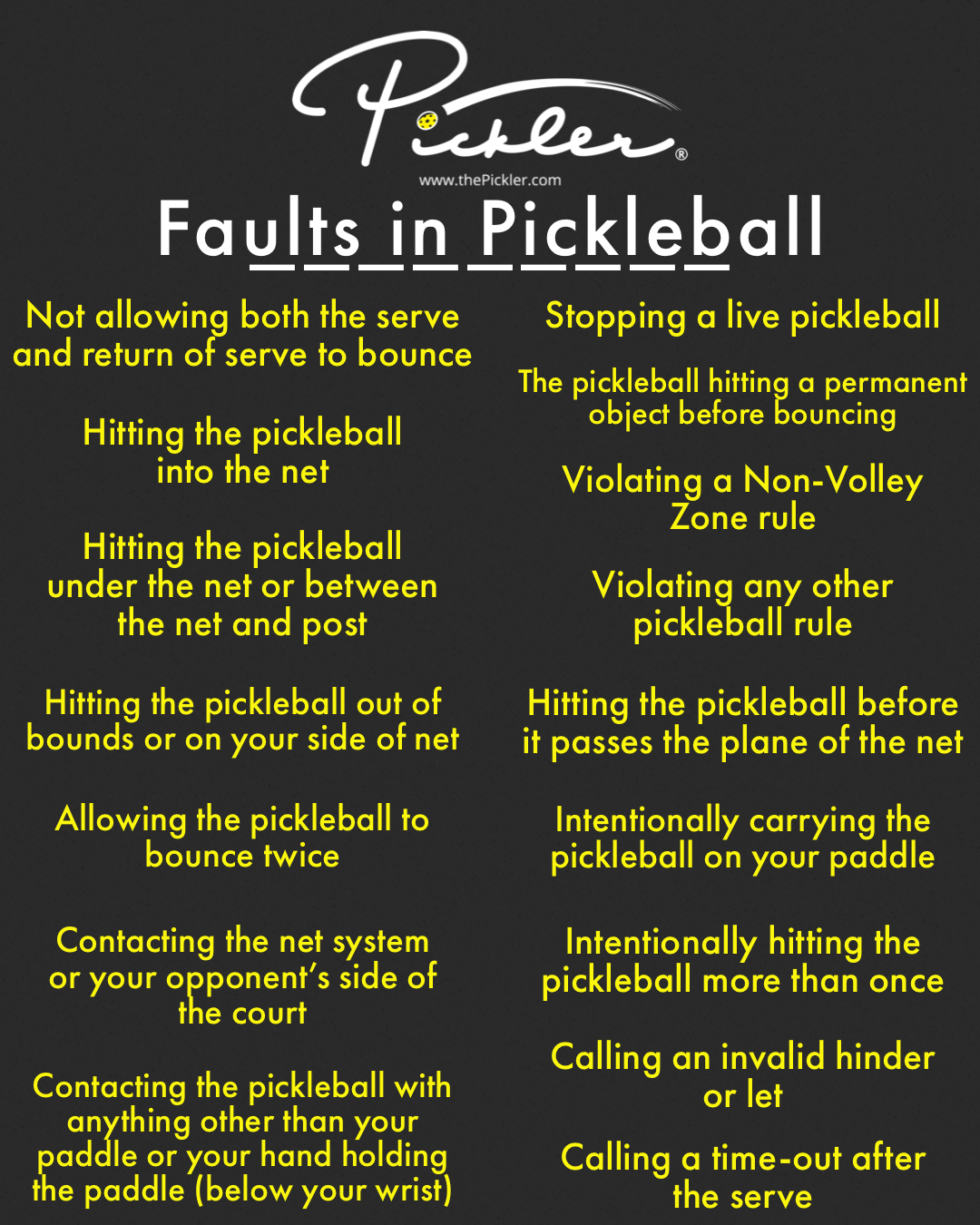
A fault can generally only occur when the pickleball is live or in play, or if a player or team violates any of the Non-Volley Zone rules, such as allowing your momentum to carry you into the Non-Volley Zone after hitting a volley.
As a reminder, if you commit any one of these faults, then you would lose the rally. Avoid committing faults on the pickleball court!
Calling Faults on the Pickleball Court
The sport of pickleball encourages fair play and good sportsmanship. This is exemplified by a rule in pickleball that expects players to call faults on themselves. In other words, if you committed a fault, then you should immediately identify and call the fault on yourself. If you believe that your opponent committed a fault, then you may tell your opponent, but you have no authority to enforce the fault. Rather, the opponent that allegedly committed the fault must enforce the fault on himself/herself.
There is an exception to this general rule of lack of enforcement in non-officiated play (in other words, for pickleball games without a referee), which is that you may call Non-Volley Zone faults and service foot faults on your opponents’ side of the pickleball court. However, if there is any disagreement about the fault, then you and your opponents should replay the point. If a pickleball game or match has a referee, then the players will not be responsible for any Non-Volley Zone faults and service foot faults on your opponents’ side of the pickleball court. Rather, these fault calls will be the referee’s responsibility.
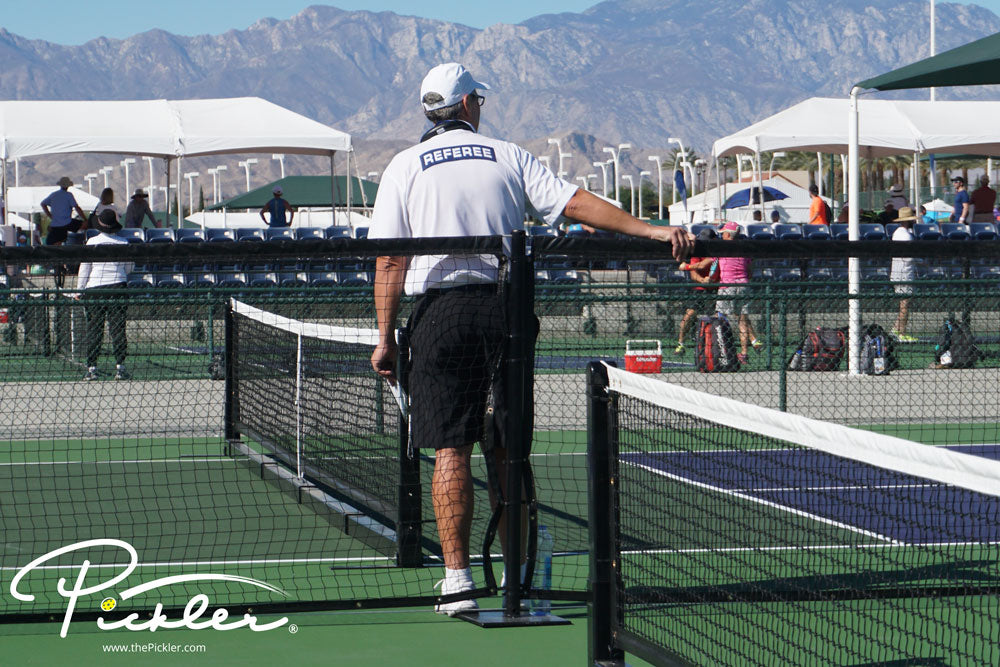
What Is a Dead Ball?
A dead ball is a pickleball that is no longer in play.
What Causes the Pickleball to Be a Dead Ball?
A dead ball results for any action that stops play. For instance, the following actions will result in a dead ball:
- Fault. Any fault committed by a player (whether called by the referee or any player, or not) results in a dead ball. The pickleball will immediately be a dead ball upon the first fault. For instance, if a player hits the pickleball into the net on his/her side of the pickleball court, the pickleball becomes dead upon hitting the ground. If immediately after the pickleball hits the ground, the opposing player touches the pickleball net, then the opposing player would not have committed a fault because he/she would have touched the net after the dead ball that resulted from the fault of hitting the pickleball into the net. However, if a player hits the pickleball into the net on his/her side of the pickleball court after the opponent volleyed the pickleball to him/her, and the opponent’s momentum then carries him/her into the Non-Volley Zone, then the opponent would lose the rally. This is because the Non-Volley Zone violation is a fault, regardless of whether the pickleball is a dead ball or not. Further, the Non-Volley Zone violation occurred in connection with the shot that happened prior to the other player’s fault of hitting the pickleball into the net. As a result, the opponent committed the “first” fault and will lose the rally.
- Valid Hinder. A valid hinder will result in a dead ball and a replay of the point. For instance, a stray pickleball that rolls onto the pickleball court during a rally would be a valid hinder. However, if a player or team calls an invalid hinder, then the player or team calling the hinder would have committed a fault.
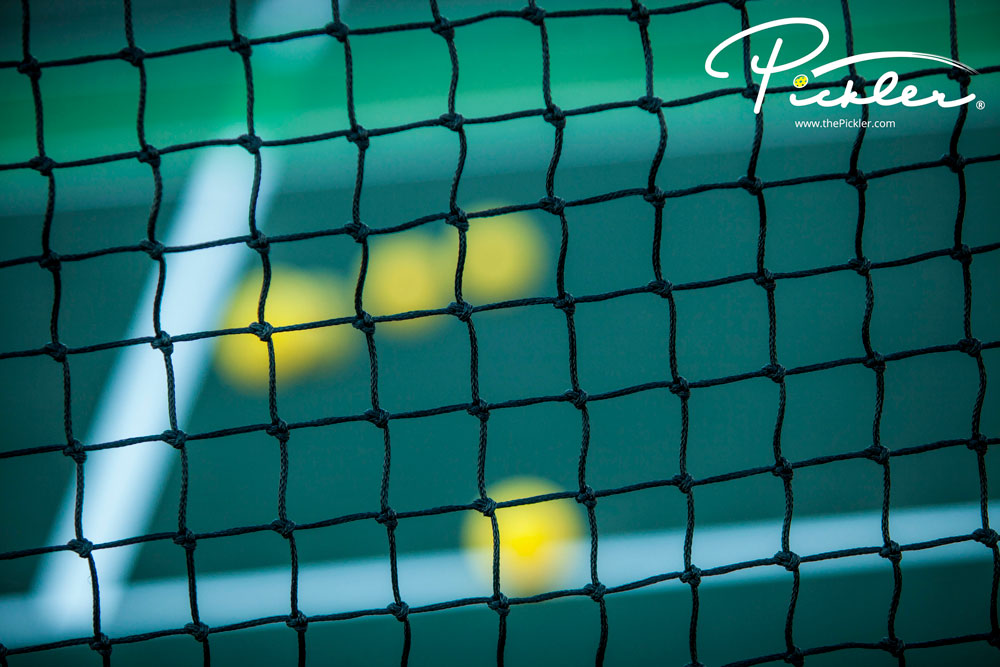
- Contact with a Permanent Object After Bouncing on the Court. If the pickleball bounces on the pickleball court and then hits a permanent object (for instance, a bench or a fence), then the pickleball becomes dead immediately upon making contact with the permanent object. The player or team that hit the pickleball last would win the rally.
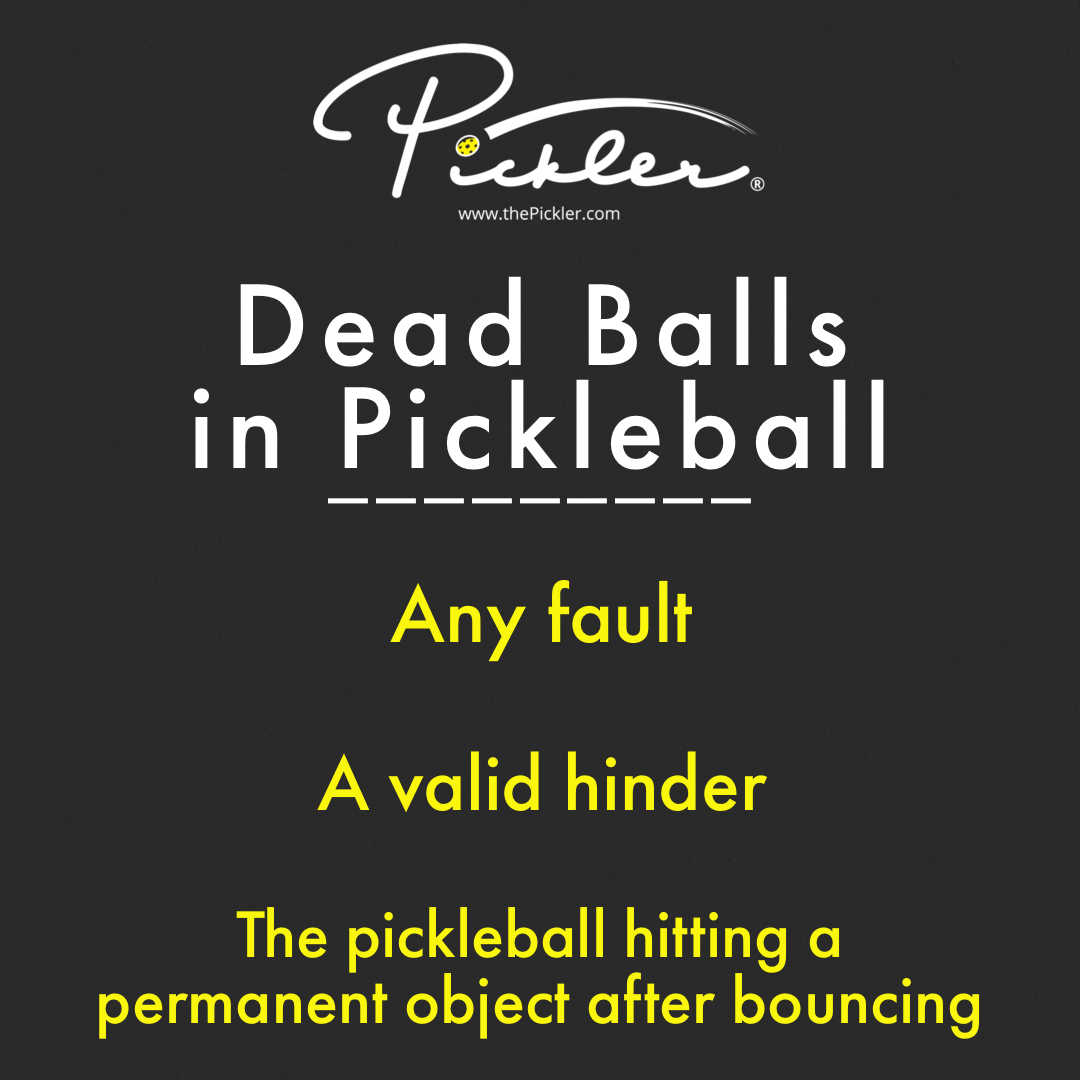
As a reminder, no fault, other than a fault as a result of a Non-Volley Zone rules violation, may occur when the pickleball is dead. Faults may generally only be committed when the pickleball is live and in play, which, in pickleball games with a referee, will be indicated by the referee calling “time in.” However, it is important to note that technical warnings and technical fouls may be called at any time – whether or not the pickleball is live and in play or a dead ball.
Looking for More Pickleball Rules?
We know pickleball rules can be tricky at times. Don’t worry. Pickler explains the ins and outs of all of the pickleball rules in a series of pickleball rules blogs to make sure that you make the right call on the pickleball court. Learn more by visiting Pickler’s pickleball rules blogs that are linked below!
- Pickleball Rules – The Ultimate Guide to the Rules of Pickleball
- 10 Must Know Pickleball Rules Before Your Hit the Court
- 10 Pickleball Rules Changes to Learn for 2021
- Pickleball Rules – Learn How to Start – 5 Things You Need to Play
- Pickleball Dictionary – Quickly Learn the Pickleball Vocabulary
- Pickleball Serving Rules – Master the Start of Every Pickleball Game
- Pickleball Scoring Rules – Learn How to Keep the Score in Pickleball
- Pickleball Kitchen Rules – Learn Important Non-Volley Zone Rules
- Pickleball Line Call Rules – How to Make the Right Call
- Pickleball Rules – Faults & Dead Balls on the Pickleball Court
- Pickleball Rules – Commonly Misunderstood Rules in Pickleball
- Pickleball Tournament Rules – Must Read Before a Tournament
- Singles Pickleball Rules – How to Play Singles Pickleball
- Wheelchair Pickleball Rules – How to Play Wheelchair Pickleball
LOOKING FOR MORE PICKLEBALL TIPS, STRATEGIES & INFORMATION?
For more pickleball tips, strategies, and other information, check out Pickler’s Pickleball Guide and Pickleball Blog!

